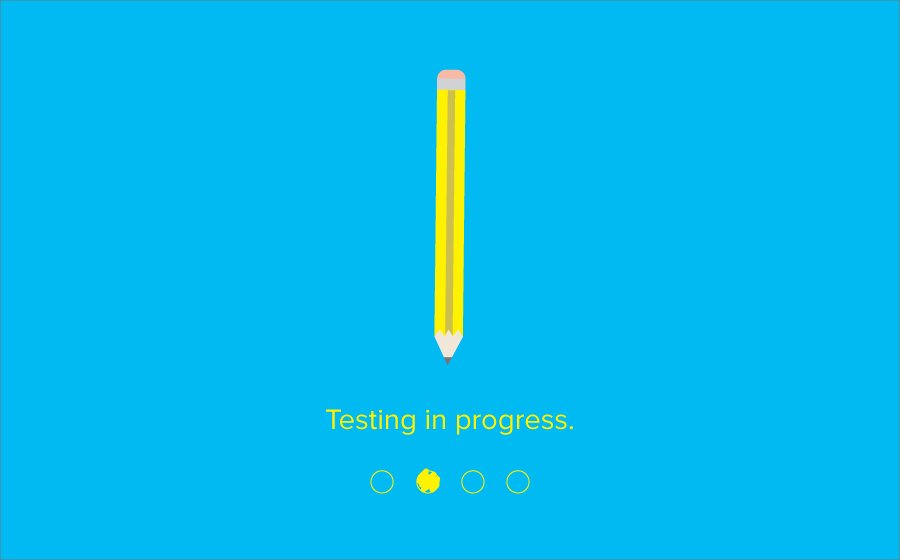The word “test” usually strikes fear into the hearts of learners, replete with anxiety and sweaty palms. That’s because in most cases, tests are used as a way for learners to prove to administrators that they’ve mastered the material: If a learner fails, it means he’s done something wrong. But if you’re using tests to highlight who’s mastered the material and who’s falling behind, you’re doing it all wrong.
Tests aren’t meant to be for the benefit of the administrator, but for the learners themselves. In fact, utilizing testing properly can actually improve knowledge retention. A study published in a 2011 issue of Science found that learners retained about 50 percent more of the information they were tested on when compared to students who used methods such as repeated studying.
Stop thinking of testing as a way for learners to prove their mettle, and start using it as a teaching method. As long as you approach testing and knowledge retrieval the right way, testing can become a beneficial exercise for learners.
Best Testing Practices
Integrate Testing Organically
Here’s how typical formal testing works: The administrator announces a test, and learners then study the material so they don’t fail. It’s not a matter of learning, but a matter of performance. Formal testing doesn’t really work to teach learners how to retrieve and utilize important information.
Organic testing is much less stress-inducing. By disguising testing as interactive opportunities, learners are more comfortable participating in an accurate knowledge metric. Instead of feeling stressed and studying only pertinent information to pass the test, learners interact with a module by answering multiple choice questions, considering scenarios, and applying knowledge without freezing at the thought of failure. This organic interaction between learner and material feels less like a test, and more like practical application.
Make Testing Low Stakes
When testing is a requirement for certification, promotion, or other high-stakes objectives, it’s easy for a student to display false mastery. By only focusing on the information necessary to pass, learners don’t truly absorb the material–they simply memorize enough to get by.
Testing in eLearning modules should be fairly low stakes to really make a difference. Getting a right answer to go to the next chapter isn’t as stressful as answering questions to achieve certification. By offering learners a low-stakes way to test knowledge and retrieve answers, they’re more likely to truly master the material on their own terms.
Allow Some Forgetting
One of the most common mistakes administrators make is planning for testing to take place too soon after learners experience topics. While it might sound counterproductive, some forgetting is actually beneficial for the brain. By allowing learners to move onto other topics before retrieving information, the effect of recall is that much stronger. Forcing the brain to reach back and retrieve information effectively moves that material from short-term to long-term memory.
Old-school tactics like memorization and highlighting passages can actually be detrimental to learners because they promote a false sense of mastery. True mastery comes only through practice and application, so utilizing tests properly can make the difference between a casual learner and someone who dominates the material–without sweaty palms.






